#chicago history
Text
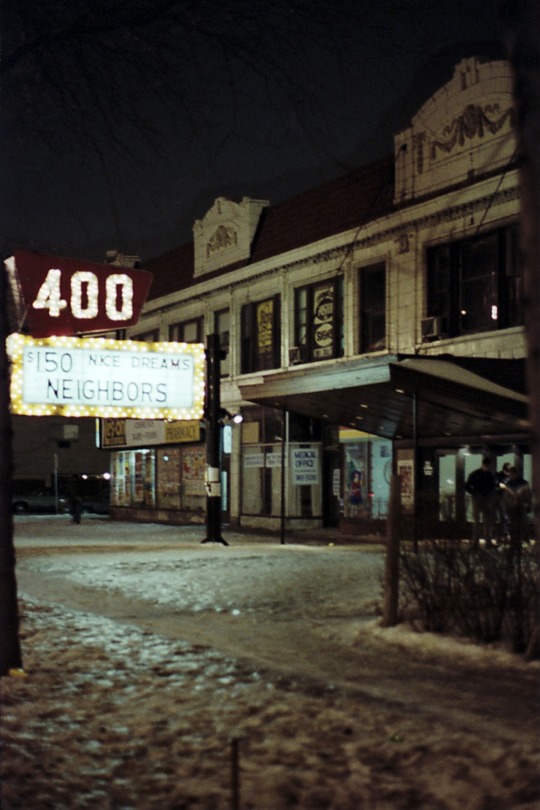
The 400 Theatre, Chicago, 1982
#400 theatre#movie theaters#theatres#chicago theatres#rogers park#chicago history#marquee#film photography#original photography#35mm photography#night photography#vintage photos#photographers on tumblr#ricoh xr-7#kodak#kodacolor 2#kodacolor ii#kodak safety film 5075#first roll of film through my new slr#loved that camera deeply#mediocre photo#but i was just learning#neighbors with john belushi and dan akroyd#nice dreams with cheech and chong#for only a dollar fifty you could see two shitty movies
102 notes
·
View notes
Text
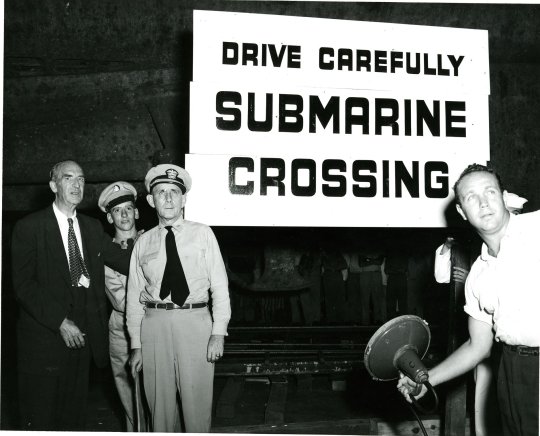

Images from the 1954 moving of the U-505 submarine to the Museum of Science and Industry in Chicago.
From the MSI website:
The U-505 arrived in Chicago on June 26, 1954, only to face another major hurdle: an 800-foot overland trip from Lake Michigan to the Museum. The task required extensive planning to cross Lake Shore Drive (now DuSable Lake Shore Drive) without destroying the pavement and tying up traffic. Engineers designed an elaborate rail and roller system to move the heavy sub out of the water and over the land. The city closed Lake Shore Drive the night of September 2, 1954 to allow the sub to cross. It took another week for the sub to complete its journey from the road to the Museum.
#msi#chicago#museum of science and industry#u-505#chicago history#vehicles with signs#woodlawn tap apparently owns this and the 727 crossing sign. obviously i need to go see them with the immediacy
23 notes
·
View notes
Text
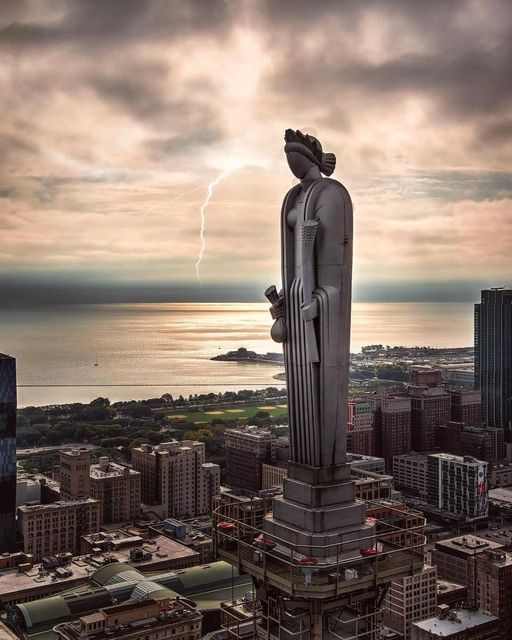
Ceres, Goddess of Grain, Chicago Board of Trade Building, USA
The female figure standing 45 stories above LaSalle Street is an iconic image for most Chicagoans. It depicts Ceres, the Roman goddess of agriculture, in honor of the commodities exchanged in the Chicago Board of Trade building below.
The figure was sculpted by artist John H. Storrs, and though he employed a model with a very pretty face, the statue itself is faceless. Storrs reportedly thought that the building was so tall that no one would be able to see the statue's face; when the building was constructed in 1930, he couldn’t even imagine soaring structures such as the nearby 110-story Willis Tower.
#chicago#illinois#chicago history#chicago skyline#ceres#Goddess of Grain#Chicago Board of Trade Building
11 notes
·
View notes
Text
#uploads#videos#black history#nba#Rodney king#Craig Hodges#michael jordan#protest#magic johnson#chicago bulls#chicago history#chicago illinois#los angeles#decade: 1990s#90s#1990s
58 notes
·
View notes
Text
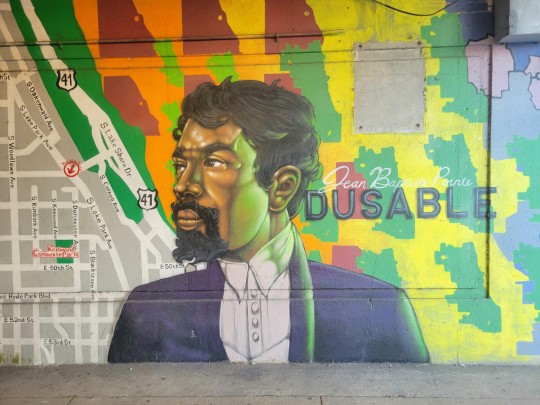
Mural portrait of Jean Baptiste Du Sable by Rahman "Statik" Barnes & his team under the Metra tracks along 47th Street (8/3/2023)
#illinois#chicago#kenwood#chicago history#mural#street art#chicago artists#chicago artist#rahman statik barnes#metra tracks#metra chicago
18 notes
·
View notes
Text
youtube
Did you know that much of the Newberry's public programming is streamed for free on Zoom? Even if you can't join in person, you can sign up at newberry.org to watch upcoming live events on topics such as the craft of writing, 1950s Chicago nightlife, and one of the first interracial comedy duos. Or you can wait to watch the events on demand on YouTube, such as this recent sold-out conversation between award-winning poet, essayist, and cultural critic Hanif Abdurraqib and Chicago writer, scholar, and community organizer Eve L. Ewing.
#chicago#writers on writing#newberry library#chicago history#comedy history#hanif#hanif abdurraqib#eve ewing#newberryq#Youtube
3 notes
·
View notes
Photo

Newsboy selling the Chicago Defender, a leading Negro newspaper
Jack Delano - 1942
The Defender did not use the words "Negro" or "black" in its pages. Instead, African Americans were referred to as "the Race" and black men and women as "Race men and Race women." The Chicago Defender's local circulation soon surpassed that of the three rival papers that existed in the Chicago area at that time
32 notes
·
View notes
Photo

Happy belated 130th birthday to Chicago's elevated Loop, which opened June 6, 1892! The elevated tracks for these trains are a free download model to print at home
#papercraft#paper model#miniature#scale model#chicago#L train#chicago history#wurlington press#build your own chicago
71 notes
·
View notes
Text

Flint Taylor's The Torture Machine: Racism and Police Violence in Chicago is a historical chronicle of the decades it took to get any form of justice for torture survivors. For years, the Chicago Police Department used terror tactics and physical torture to get false confessions from men of color—I won't even call them suspects, since almost all of them were simply men of color profiled by the police—torturing more than 120 people. The worst of them was commander Jon Burge, but it was a culture and pervasive chain of violence, not to mention a cover-up, that involved people at every level of the police department and Chicago government, and is a shameful stain on Chicago history that needs to be well-known.
The book exposes the lengths to which people would rather be ignorant—the lengths they'll go to in order to preserve the system—to avoid confronting hard questions. How things suddenly become political and "editorial" the moment they implicate the system as a whole. How the judicial system tried to subvert and break down these trials at every turn, largely due to the ingrained biases of judges and to the concerted efforts of the government to cover-up as much as they could.
It is a thick, dense history of both the torture and primarily the legal process it took to expose it and break the police code of silence and government conspiracy of silence that dominated up to that point. Dense, but hard to put down. Horrific, and exposed me to a lot of history that I should know as a Chicagoan and progressive in Chicago.
My only complaint about the book is it dearly needs a timeline. I made one myself full of crucial names and dates, but it would have been a huge help. To organize his story, Taylor has to go back and forth in time sometimes—totally fine, but less confusing with a timeline present!
Content warnings for violence, torture, racism (systemic, language/slurs, violence), misogynoir, sexual assault
14 notes
·
View notes
Text
It's Pride Parade Day in Chicago! https://chicagopride.gopride.com/info.cfm. Here is a short clip from the first Chicago Pride Parade in 1970, courtesy of the Alan Amberg Papers. (Video is silent).
4 notes
·
View notes
Video
Chicago 1919
34 notes
·
View notes
Text
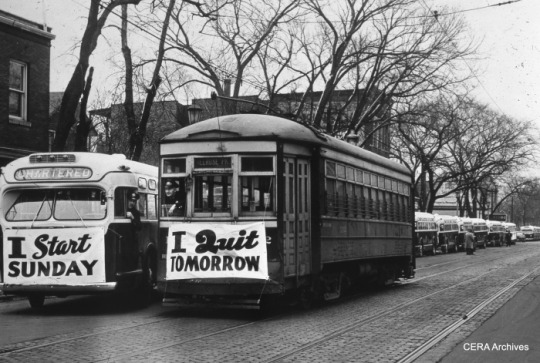
From the Central Electric Railfans' Association, Chicago:
On February 14, 1947, West Towns posed some of their new buses on Lake Street. Two days later, buses replaced streetcars on the Madison St. line.
#Chicago & West Towns Railway#chicago history#chicago streetcars#streetcars#madison street car line#central electric railfans' association#vehicles with signs#real streetcar stuff#real train stuff
23 notes
·
View notes
Text

South Wabash Avenue (1960s)
9 notes
·
View notes
Text
Save the Warehouse
10 notes
·
View notes
Note
hi u seem like u have Thoughts on the jungle can we hear them
I do! My mention of it was mostly that I thought The Jungle was a good example of what this post was trying to say isn’t good storytelling, ie : the plot stops dead for a while to go into excruciating detail on the horrors and gory mechanics of the chicago meat-packing industry (side note that I don’t disagree with the post overall, it’s just not useful as a hard rule)
Only of course - detail and painstaking explanation is the whole point of the novel, and the passage that lays out just how unsanitary and dangerous the meat-packing factories in Chicago were is definitely the most well-known section of the book, and one of the most well-known and influential pieces of literature to come from Chicago.
I first read it in high school and it was one of the first critiques of capitalism that really got through to me - which one would hope because it also got through to President Roosevelt who ended up pushing forward some (largely misguided) legislation impacting workers rights and food safety regulations after the book came out and caused outrage and disgust through the public. The most lasting change to come from this would probably be the current food and drug administration. (source)
But I have to add that the tragedy of the whole fiasco is that the book is written almost entirely about the oppressing and powerless experience of being an immigrant worker in Chicago/America in the early 20th century, but the only thing anyone wanted to talk about - and in fact still talks about - was that the food production system was unsanitary for consumers.
The food and drug administration is something to be proud of, no doubt, and the fact that the book inspired that kind of change is worth celebrating in its own right, but it’s depressing that even a century later workers rights - specifically the rights of immigrant workers in factory settings - has hardly improved past cases of borderline slavery.
As a fitting and truly horrifying modern example, here’s a link to an article detailing the investigation of Packers Sanitation Services for their use of child labor to clean and sanitize meat-packing factories.
“Sinclair was known to mourn that “I aimed for their hearts, and hit their stomachs.” While his impact on industry regulation was immediate and powerful, his dream for The Jungle had been to expose and ameliorate the plight of capitalist-age wage-workers. Unfortunately for him, the American public reacted more strongly to the narrative about the food they ingested rather than the less immediate issue of those that were exploited in the poorly-monitored process (Ivan 65).”
- Kristina Madarang Stahl, 2017 (Source)
#workers rights#chicago history#chicago#thank you for asking me!!!!#I love talking about chicago history and this book is just a massive black hole to#go down if you’re interested in workers rights socialism food safety president roosevelt chicago culture. like just anything#also it was REALLY on my mind after the story about the child labor broke. just fucking terrifying#ask#paralytic-states#double shot
12 notes
·
View notes
Text

"L" Car No. 1, built 1892, the last survivor among Chicago's first fleet of elevated rail cars, at the Chicago History Museum (10/6/2022)
22 notes
·
View notes